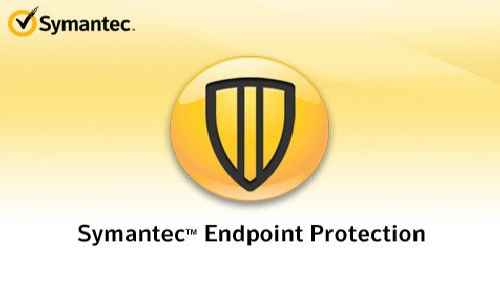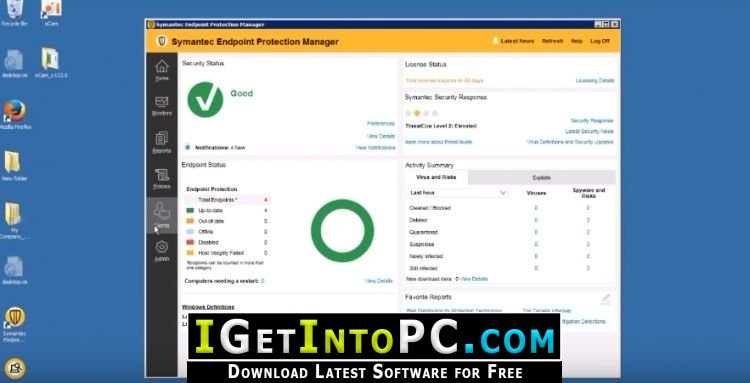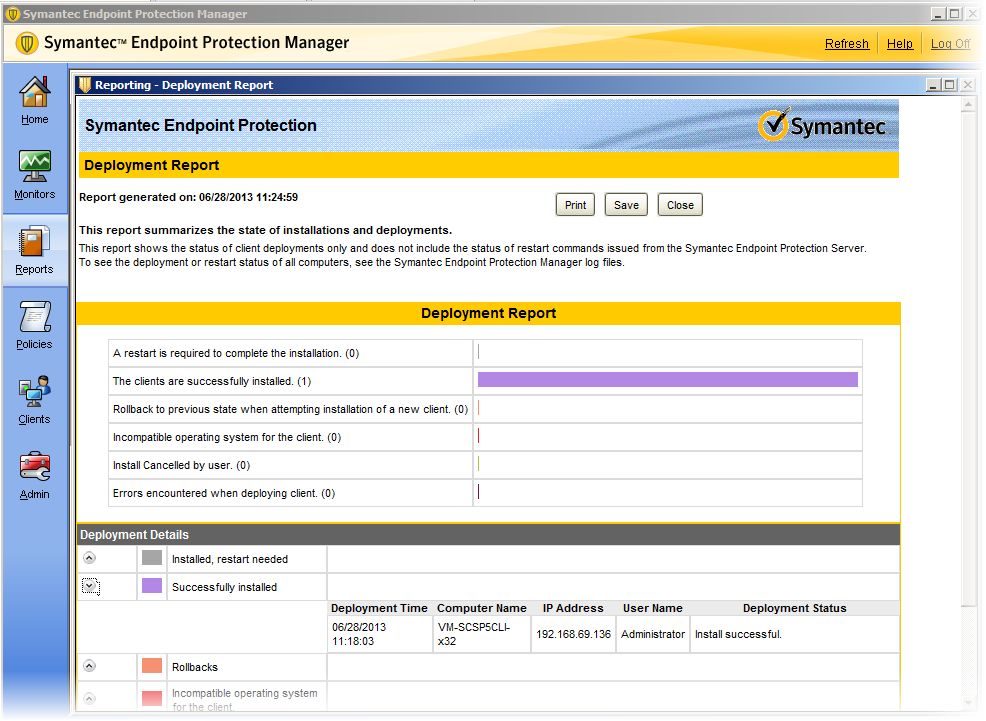

By 1993 Symantec even got into the contact management business when it acquired the makers of ACT!, from Contact Software International. Symantec also acquired a C++ compiler and pcANYWHERE for remote desktop management.

Symantec went public in 1989 and its stock took off, giving it the currency to continue to acquire companies including Peter Norton’s PC software company, Norton Utilities, for $60 million in stock. In 1987 Symantec acquired tools for project management (TimeLine), presentations (Think Tank) and compilers for the Macintosh (Think C and Think Pascal), and an email system called InBox. Under its CEO at the time, Gordon Eubanks, Symantec embarked on a strategy of acquiring niche products and taking them to market. The combined company retained the Symantec name and shipped its first major product, called Q&A, in 1985. It was acquired by a smaller competitor, C&E Software in 1984. The Symantec name came from a small software company founded in 1982 by Stanford grads to create a database program for the new IBM PC. As viruses became more and more virulent, the importance of AV grew, as did the AV market. And as networks became predominant in the ’90s, viruses began to spread over the wire instead of through dirty diskettes. As PCs invaded the workplace, so did viruses. File storage, system optimization, disk cleaning, data erasure, backup and recovery, and anti-virus made up bundles sold by software companies that primarily addressed the consumer market. The original anti-virus vendors grew from companies that provided a variety of utilities for the nascent PC industry.

The 1980s were a time when viruses were transferred from machine to machine via floppy disks. Much of the following is excerpted from my recent publication, Security Yearbook 2020.Īnti-virus products predated the internet.

Let’s look at Symantec’s history and it’s place in the cybersecurity industry eco-system.


 0 kommentar(er)
0 kommentar(er)
